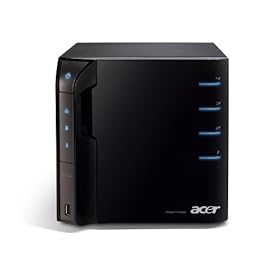 John Swenson has an interesting article covering Device Stage in Windows 7, as he describes as "a home page for select compatible devices and printers. It’s a simpler and faster way of finding and using your devices with Windows."
John Swenson has an interesting article covering Device Stage in Windows 7, as he describes as "a home page for select compatible devices and printers. It’s a simpler and faster way of finding and using your devices with Windows."
"You don’t have to be a gadget geek to know that it can be hard to get a mobile phone, music player, or other device to work smoothly with your computer. How do you sync contacts and appointments to your mobile phone? How do you get music onto your portable music player? Where do you find the manual for your device, software updates, and help? The list can go on and on, depending on the device.
"Enter Device Stage. This new feature in Windows 7 solves these problems by gathering everything you can do with your device into a single window, making tasks easier to find and complete."
In Device Stage, you can view more information about a connected device and see its status from battery life to storage capacity, sync setup, links to manufacturer information (like support) and more.
To get an idea of where the concept for Device Stage came from, take a look at this WinHEC presentation form our Dennis Flanagan in Windows. In it, he covered some of the challenges of dealing with a number of different devices in Windows Vista.
One of the nice things about the hardware ecosystem support for older devices is what we’ve noted as a "baseline" experience in Device Stage, which the team covered here on the E7 blog earlier this year…
"This UX works exactly like full Device Stage; the device image appears on the taskbar whenever it is connected and tasks are exposed in the Jump List. On first connect, the shell Window containing all of the built-in tasks appears automatically and is always just one click away from the desktop icon or device image in the Devices and Printers folder. When the device maker implements a custom Device Stage experience for a device, it gets posted on the Web and the baseline experience gets upgraded when the device is later reconnected. The core functionality is the same, but all of the branding, imaging and vendor-specific tasks are now available automatically in the same convenient UI."
Tags: Windows 7, hardware, device stage, Windows 7
Clubhouse Tags: clubhouse, Challenge-Windows 7, hardware, Windows 7, Device Stage
Also available via http://bit.ly/UJf5h

 Lots of news today (as
Lots of news today (as 